Твердосплавные пластины for dies are the unsung heroes of modern manufacturing. Their unmatched strength, durability, and precision make them indispensable in industries where precision tooling is critical. If you’re curious about what makes carbide plates so essential or you’re searching for the best options for your needs, you’re in the right place. Let’s dive into this comprehensive guide that’s packed with insights, comparisons, and expert tips.
What Is a Carbide Plate for Dies?
Carbide plates for dies are flat, rectangular materials made from tungsten carbide powder mixed with a binder, often cobalt or nickel. They’re sintered under high temperatures and pressures to achieve an exceptionally hard and wear-resistant material. In simple terms, these plates are engineered to endure extreme stress, heat, and wear, making them perfect for shaping or cutting other materials in die-making processes.
Think of carbide plates as the “armor” for dies. Regular steel dies wear out quickly when cutting hard materials, but carbide’s exceptional toughness ensures longer tool life and better performance. With applications ranging from stamping to extrusion, carbide plates have revolutionized industries worldwide.
Key Features of Carbide Plates
- Твердость: Tungsten carbide is second only to diamond in hardness.
- Износостойкость: Withstanding abrasive conditions makes them last longer.
- Термическая стабильность: Maintains integrity under extreme heat.
- Устойчивость к коррозии: Ideal for use in demanding environments.
- Точность: Provides sharp, clean cuts consistently.

Top Industries Using Твердосплавные пластины for Dies
Carbide plates play a critical role in several industries. Let’s explore how different sectors leverage their unique properties.
1. Automotive Industry
In the automotive world, precision is everything. Carbide plates are used for stamping and cutting components like gears, chassis parts, and engine components. Their durability ensures minimal downtime and consistent quality.
2. Aerospace Sector
For aircraft manufacturers, carbide plates are vital in forming lightweight but durable parts. They’re essential for cutting exotic alloys like titanium and Inconel.
3. Electronics Manufacturing
Tiny electronic components demand precision machining. Carbide plates help create intricate shapes and patterns on circuit boards and other electronic parts.
4. Tool and Die Industry
This industry relies heavily on carbide plates to create molds and dies for shaping materials like plastics, metals, and composites.
5. Oil and Gas
Withstanding harsh conditions in drilling operations, carbide plates are used in tools that require extreme hardness and resistance to wear.
5 Key Advantages of Carbide Plates for Die Applications
| Преимущество | Описание |
|---|---|
| Исключительная долговечность | Withstands wear and tear, reducing replacement frequency. |
| Precision Performance | Ensures consistent quality for high-stakes applications. |
| Экономически эффективный | Longer lifespan translates to lower long-term costs. |
| Термостойкость | Ideal for high-temperature applications like metal forming. |
| Универсальность | Suitable for a wide range of materials and industries. |
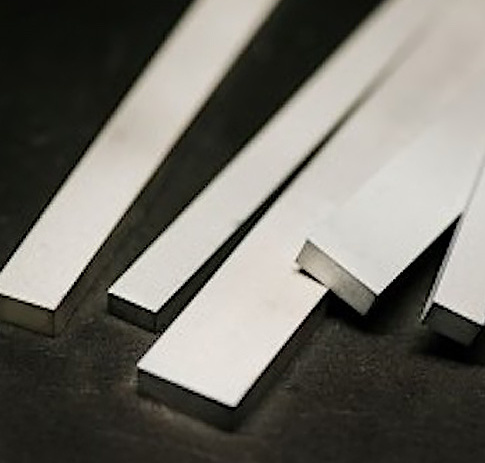
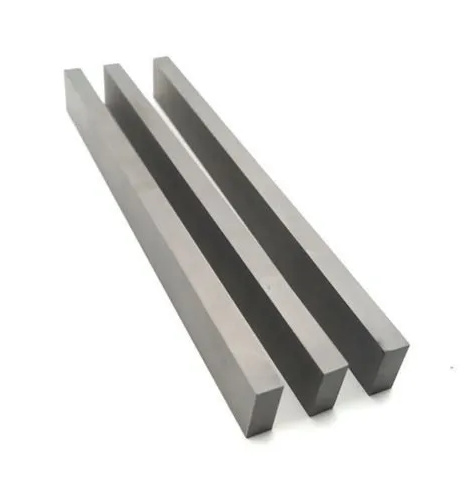
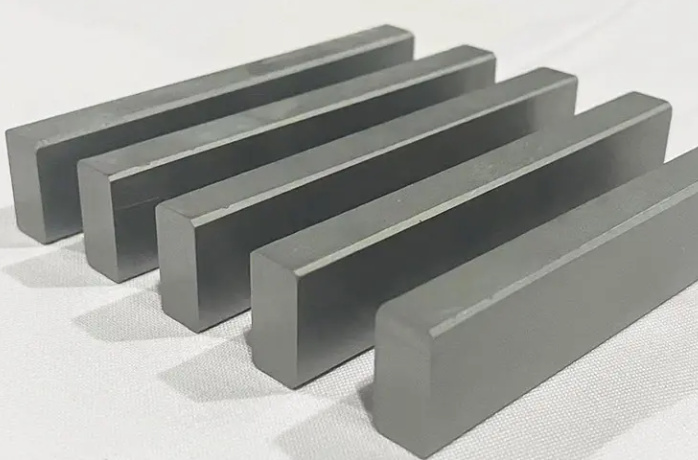
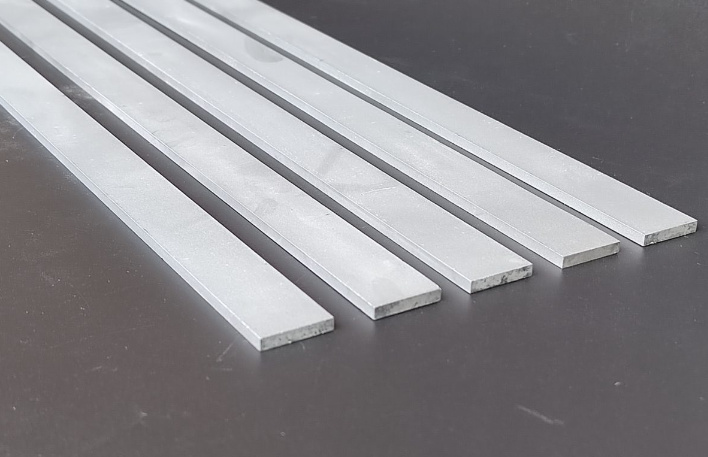
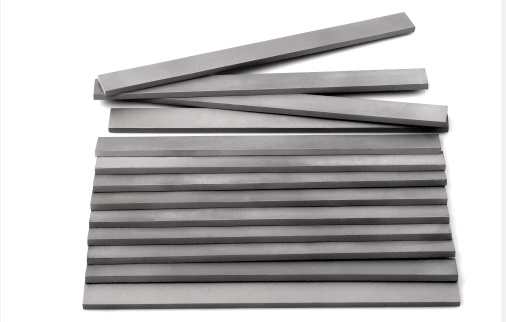
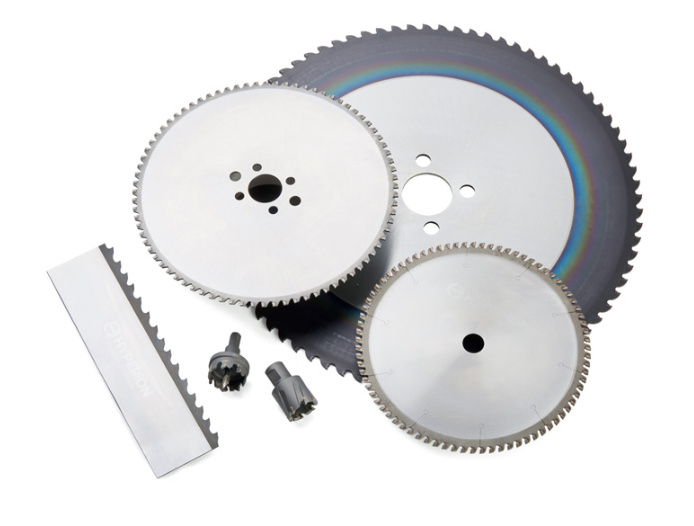
How to Choose the Best Твердосплавная пластина for Your Die Needs
Selecting the right carbide plate isn’t just about grabbing the first one you see. It’s about understanding your specific requirements and matching them with the right material. Here are some key considerations:
1. Material Composition
Carbide plates come in various grades, depending on the tungsten carbide content and binder material. For high precision and wear resistance, choose plates with higher tungsten carbide content (90% or more).
2. Application Requirements
Are you cutting, stamping, or extruding? Different processes demand different grades. For high-impact applications, plates with higher toughness are essential.
3. Plate Thickness and Size
Ensure the plate’s dimensions align with your tooling setup. Oversized or undersized plates can cause inefficiencies or equipment damage.
4. Отделка поверхности
Plates with a polished finish reduce friction and improve performance, especially in precision applications.
5. Budget vs. Performance
While carbide plates are an investment, their durability often justifies the upfront cost. Compare long-term benefits against initial expenses.
Будущее твердосплавных пластин для штампов
With technological advancements, carbide plates are only getting better. New manufacturing techniques, like additive manufacturing and nanostructured carbides, are enhancing their properties.
- Повышенная износостойкость: Nanotechnology is enabling the production of carbide plates with even greater hardness and wear resistance.
- Sustainable Practices: Efforts to recycle tungsten carbide are growing, reducing the environmental footprint.
- Customized Solutions: Advanced CNC machining allows manufacturers to create carbide plates tailored to specific requirements.
In the next decade, expect carbide plates to dominate even more industries as precision manufacturing becomes increasingly important.
Comparison of Advantages and Limitations of Твердосплавные пластины for Dies
| Аспект | Преимущества | Ограничения |
|---|---|---|
| Твердость | Extremely hard, resists wear and deformation. | Can be brittle under extreme impact. |
| Стоимость | Long-term cost savings due to durability. | Higher upfront cost compared to steel alternatives. |
| Термическая стабильность | Performs well under high heat. | Требуется специализированное оборудование для обработки. |
| Коррозионная стойкость | Excellent in harsh environments. | May need protective coatings in extreme conditions. |
| Настраиваемость | Available in various grades and sizes. | Limited flexibility compared to softer materials. |
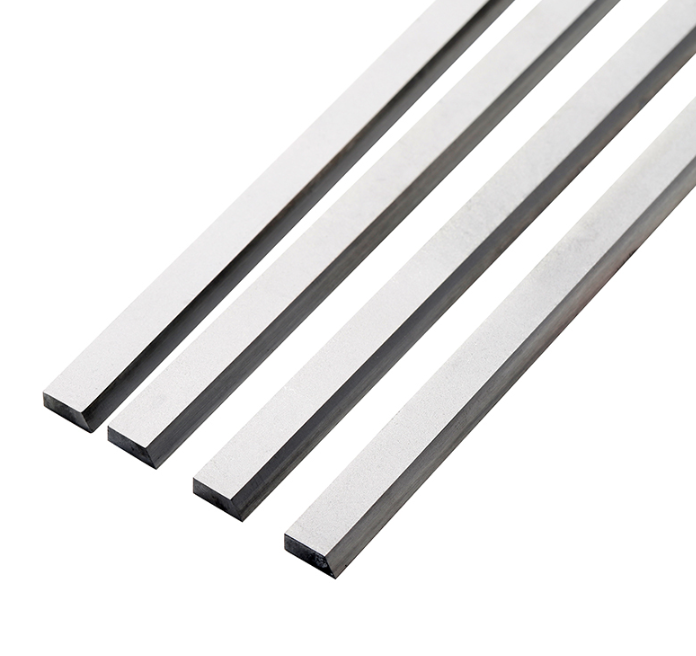
Вопросы и ответы
| Вопрос | Ответить |
|---|---|
| What is the lifespan of a carbide plate? | Depending on usage, it can last 5–10 times longer than steel plates. |
| Можно ли перерабатывать твердосплавные пластины? | Yes, tungsten carbide can be recycled and reused in new products. |
| Как ухаживать за пластинами из твердого сплава? | Regular cleaning and avoiding extreme impacts can prolong their lifespan. |
| Can carbide plates be used for all materials? | Yes, but the grade must be matched to the material being processed. |
| What’s the difference between tungsten carbide and steel? | Tungsten carbide is significantly harder and more wear-resistant. |



